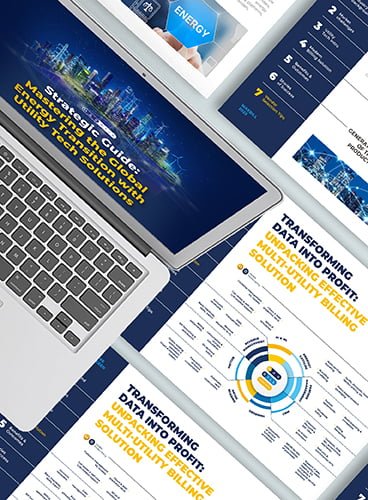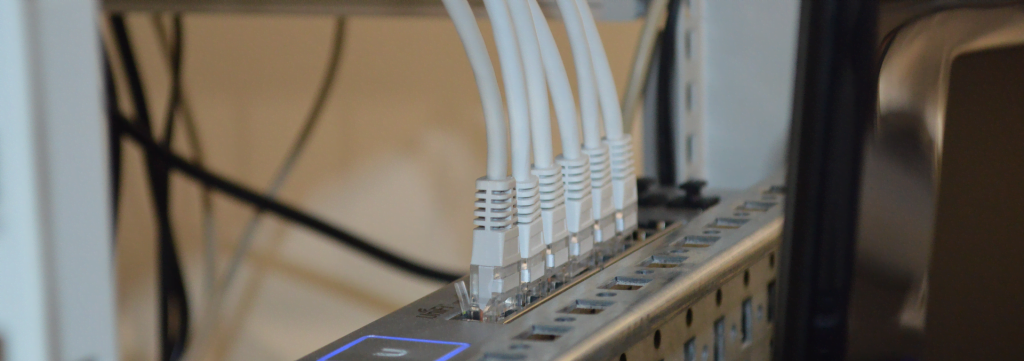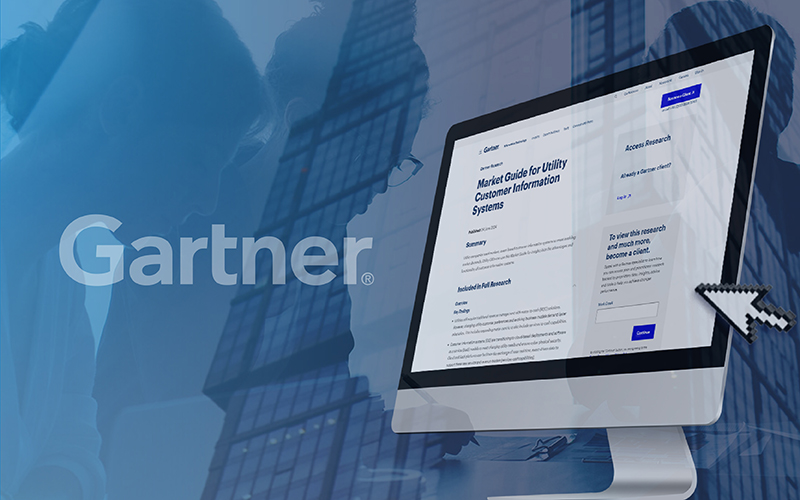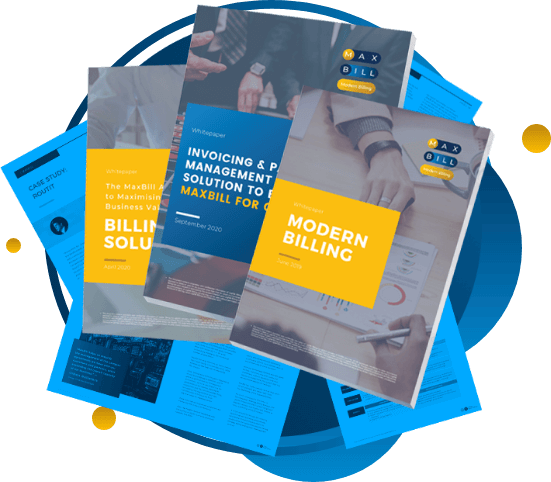In the modern world, communication is key to a successful business. It defines the difference between sealing a deal and missing out on a potential opportunity. Previously, businesses handled their communication into silos, separating brick-and-mortar shops from e-commerce, separating channel from one another.
But, this approach does not meet customer expectations anymore, as they are no longer perceive different channels individually aren’t satisfied with the siloed method. Today’s customers expecting you to be available across networks while maintaining the same brand experience. Social media, online platforms, and in-store installments – it’s important to have it all since consumers tend to make a connection with a brand using one channel and make a purchase in the other.
Omni-channel communication refers to connecting and interacting with customers through many channels at once, for instance, email, messaging apps, social media, chatbot, etc.
This method strongly relies upon real-time analytics for a better understanding of customer behaviour traits and stats on the services they use and give recommendations for improving their brand experience. Incorporating channels for a persistent consumer experience is a must-have for the modern marketplace, so as omnichannel payment processing.
The MaxBill team sat down with Rajani Baburajan from InfotechLead to discuss the opportunities of integrating modern billing platforms to the omni-channel communication strategy and shared valuable insights on the importance of investment in the billing process.
Even if it’s not obvious enough, billing is fundamental for building a proper consumer experience, being responsible for service ordering and delivery. Thanks to real-time data configuration, omni-channel strategy allows buyers to maintain full control over service delivery and understand what parameters affect the final calculations.
“These methods help improve customer loyalty and reduce churn. In telecom markets, for example, we see that service providers increasingly use this strategy to propose data-driven offerings based on the customer profile and usage patterns.”
Val Morozov, VP of Products at MaxBill
Our platform offers a competitive solution to this kind of issues, improving service offerings, delivery, and consumer management by integrating contemporary billing standards into client’s omni-channel communication.
A typical billing system includes a foundation that helps agents connect with consumers and partners, a backend module that supports real-time data processing and a combination of physical and digital communication channels. They should be able to deliver the information when the customers need it and through their preferred communications channel.
A more advanced solution should support a wide range of features to simplify the billing process, for example, automated billing forecasting, routing, and debt management. At the same time, open architecture, cloud nature, and native APIs allows for simplified system management, help embed billing information, and support further business development.
“Our MaxBill solution supports all of this in its core and allows for fast deployments for our service provider customers to gain immediate value.”
Val Morozov
However, the omni-channel approach brings some obstacles to the picture. While it surely enables improved communications policy, it’s challenging to provide a centralized core element of the complete solution where business data, with its policies, rules, and process workflows, is defined.
It’s crucial to ensure that billing data streams, which form the essential part of the customer data context, are processed together along with the communication scenarios.


























